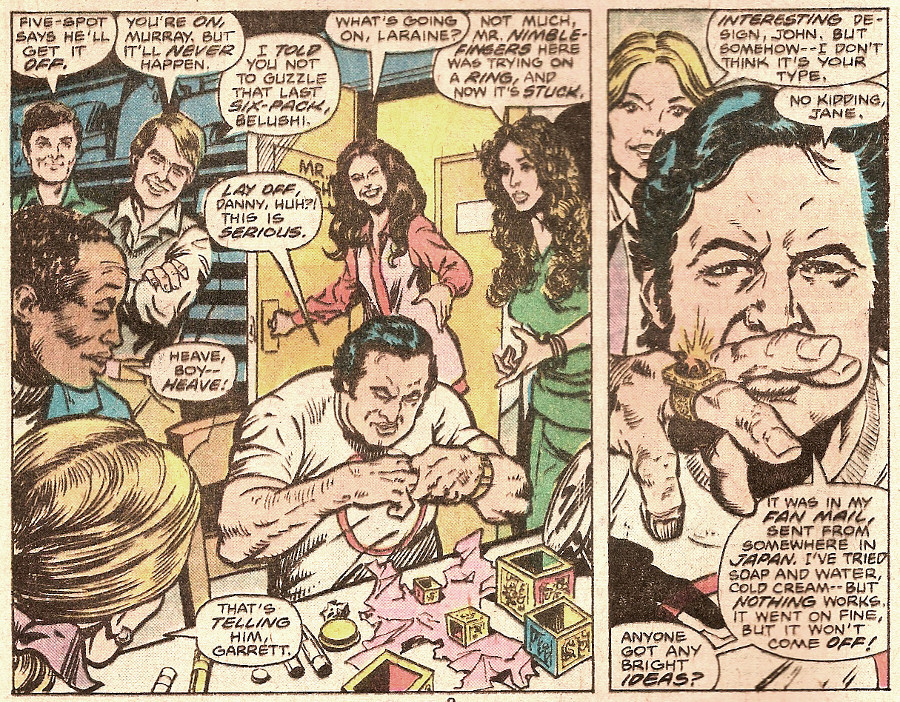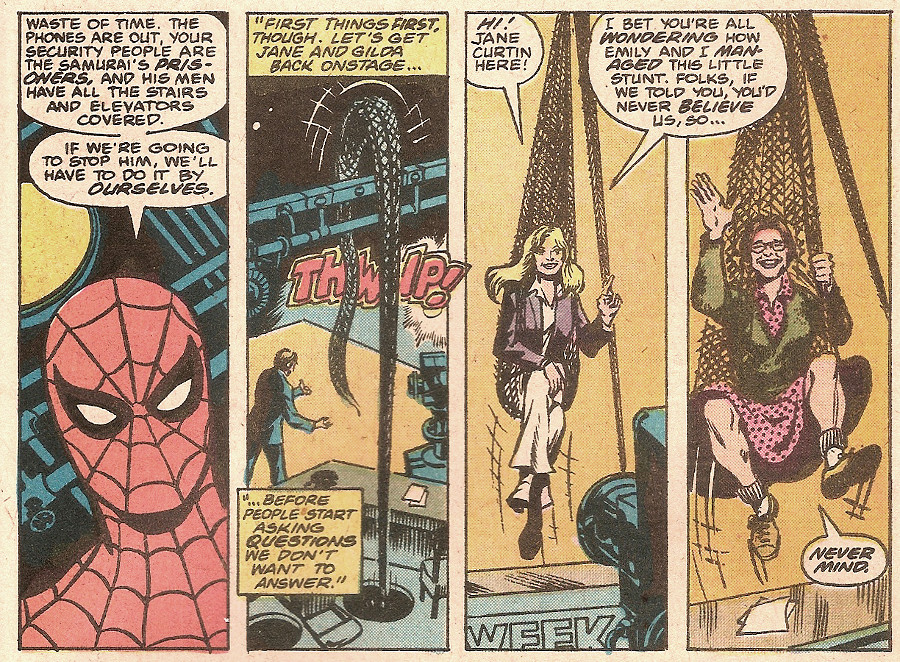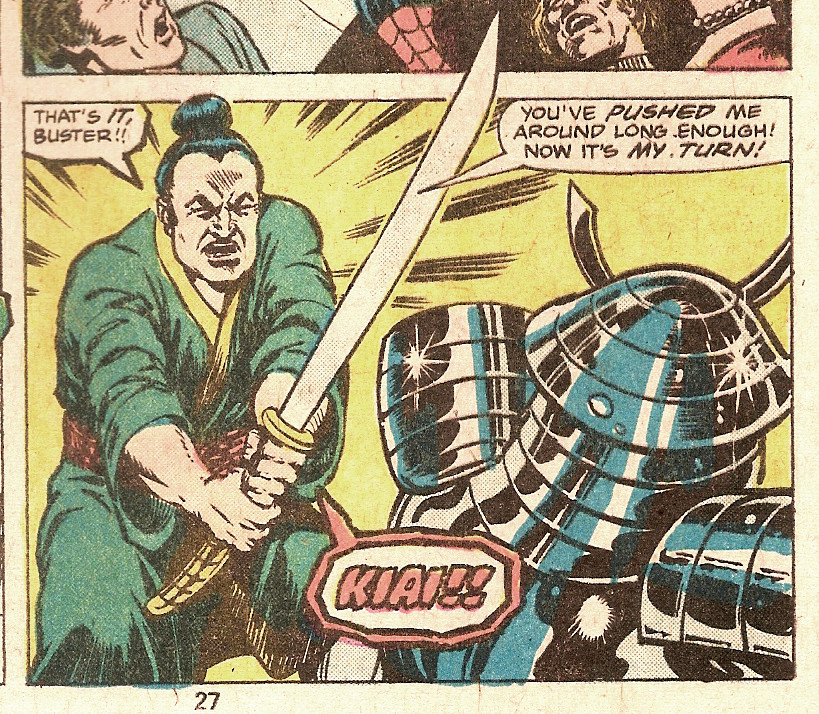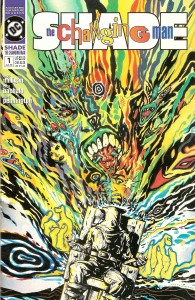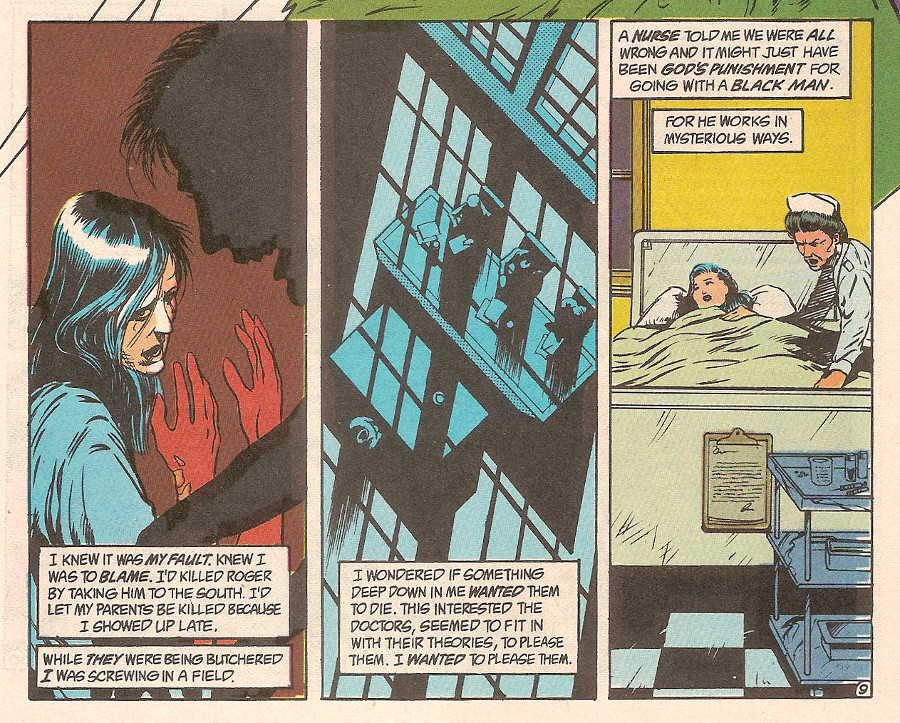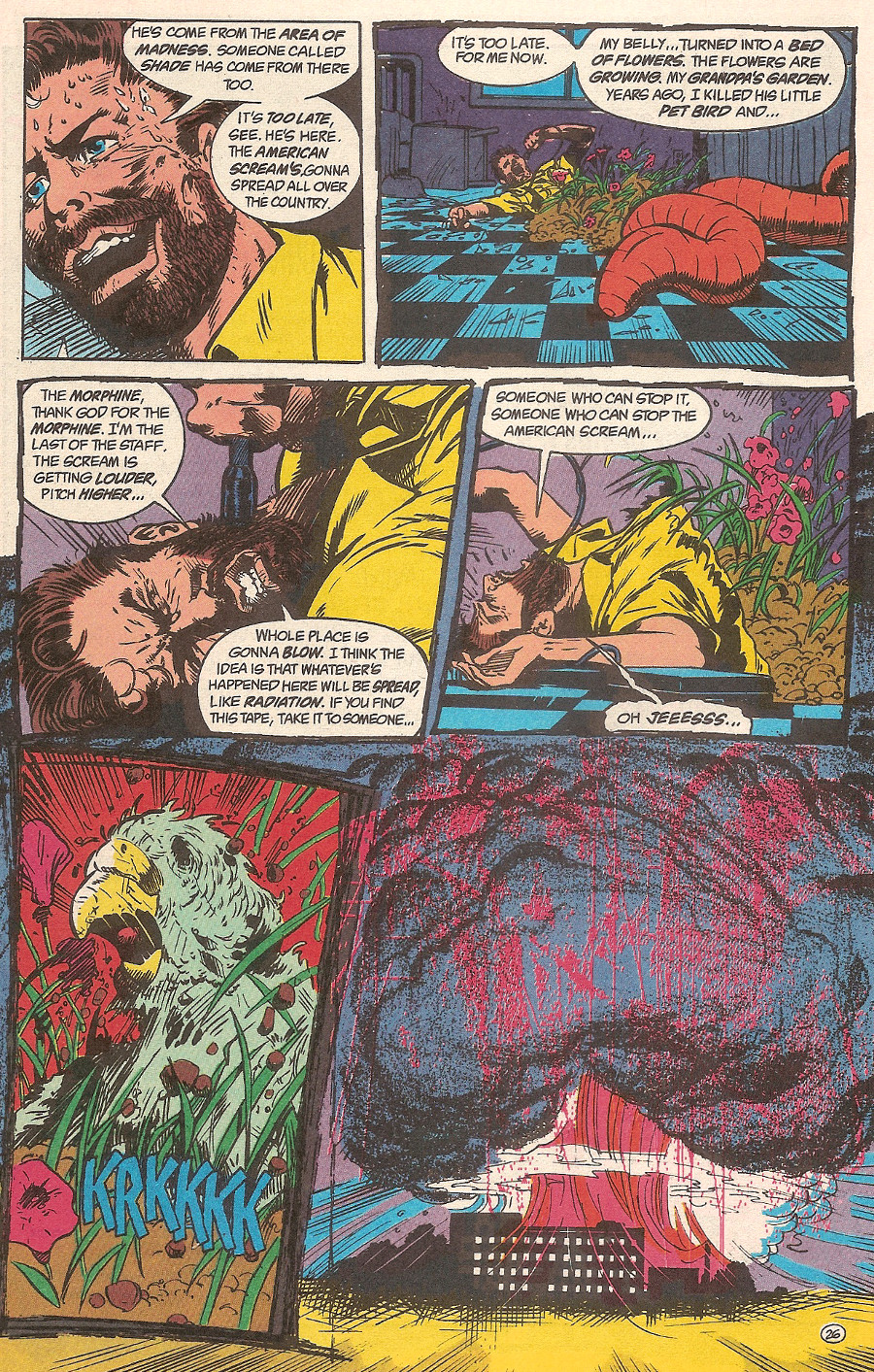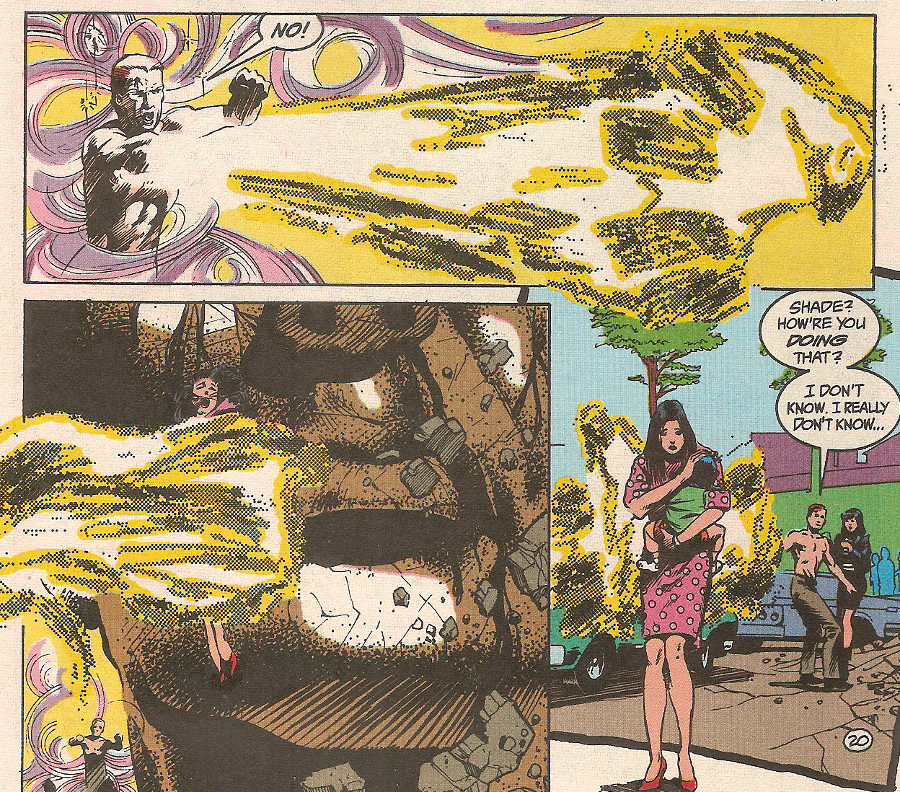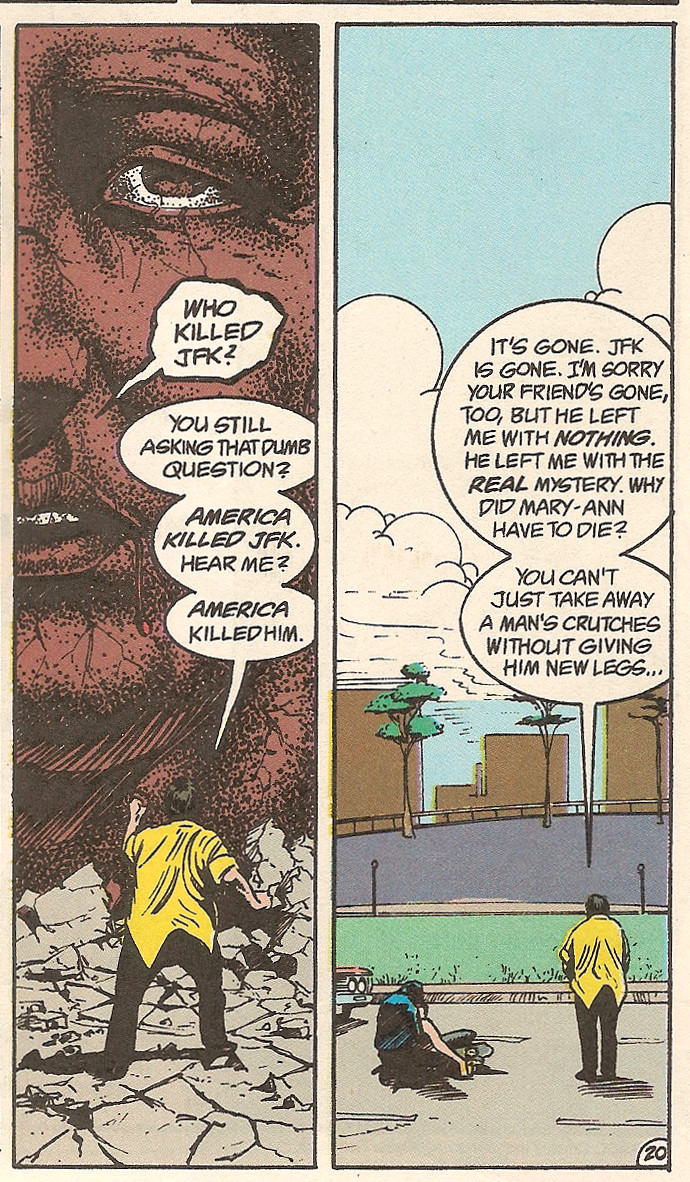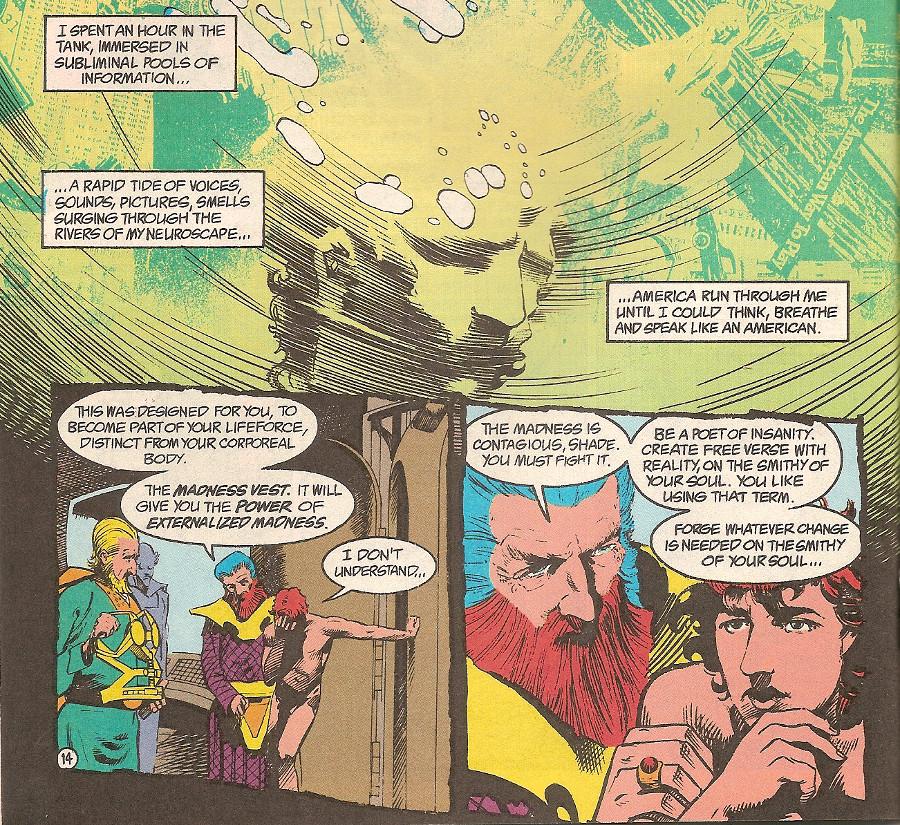CHAPTER SIX
BLACKWELDER SOLUTIONS
From the outside, Blackwelder Solutions looked absolutely ordinary. It was housed in a low, nondescript building that squatted on the outskirts of Austin, Texas. In fact, as Barron stepped out of the taxi, he almost got back inside, thinking that he must be in the wrong place. The building was not only small, but the exterior was coppery mirrored glass from floor to ceiling, all the way around.
Isobel Crisostomo had said Barron would need to be “read on†in order to be briefed on the job he was being offered, which indicated the place was involved in some kind of intelligence-related activity. No such place would have glass walls all the way around; anyone with any resources at all could listen in on conversations inside by using a laser to read the vibrations of the glass.
But three things stopped Barron from leaving again. First, the small granite sign beside the sidewalk on the artificially-green lawn confirmed that he was, indeed, at the place specified on Isobel’s business card. Second, although the building’s acreage seemed wide open, there was subtle security in place. There had been a guard station limiting access to the campus, and Barron could see sensors placed along the chain-link fence that delineated the perimeter. They were camouflaged so as to be practically invisible from outside the fence and scarcely easier to spot from his vantage. And third, simple math. The parking area he could see was fairly small, but even it seemed too much for such a small building. And that didn’t count the entrance he could see to underground parking levels. This place had way too much parking space for the occupancy of the small building he could see before him.
He dismissed the cab and entered the building. He stood in a small lobby, enjoying the cool, dry air after the heat outside. There were a couple of chairs and a security desk of brushed stainless steel. It was all very generic and harmless at first glance.
But the details presented a different story. The supports for the entrance door were too thick, probably concealing a metal detector, maybe more. To either side, he could see a narrow corridor between the glass outer wall and a featureless inner wall of cinderblock. Office noises played quietly through speakers in the ceiling. A steel security door blocked access behind the guard. Variations in the ceiling tiles meant what, drop-down panels with some kind of active defense system?
“Mister Barron?†asked the security guard. When Barron nodded, the guard continued, “Ms. Crisostomo is on her way out to meet you.â€
Barron signed the visitor’s log, but didn’t bother to sit. Moments later, the steel door opened with a loud click and Isobel emerged. She walked up and shook his hand firmly, business-like, so different from the seductress he’d met in the bar or the woman of mystery he’d spoken with in the diner.
“Glad you could make it,†she said as she turned and indicated for him to follow her through the door. “How was your flight?â€
“Crowded, with bad food,†Barron said as they entered a small office suite inside. The furniture was all business bland: black painted metal, blond wood, and Ultrasuede that smelled of chemical sealants. “The usual.â€
“You don’t like flying?â€
“Love flying,†Barron said. “Hate airlines.â€
She smiled and led him into a small conference room. “Michael Barron, this is Lionel Van Treece.â€
“Glad you could make it,†said the thin man sitting at the head of the conference table, though his face didn’t match the sentiment. Van Treece was in his 60’s at least, with blue eyes and a thick head of white hair. There was nothing happy about the man, though a scar at the corner of his mouth turned it up into the semblance of a sardonic smile. He didn’t stand, but offered his hand to shake Barron saw in the way the man turned his whole torso, in the way his arm failed to extend fully and in the old scar tissue peeking out from under his cuff that this was a man who had been through the wringer at some time in his life. Some men ended up paying more dues than others, and Van Treece looked to have paid more than almost anyone.
“Sit,†Van Treece said after they’d shaken hands. “Chris tells me you’d make a good addition to our team.â€
“I’m not convinced she’s right,†Barron said.
“Then why are you here?†Van Treece asked.
“Something like—what do doctors call it–informed consent,†Barron said. “Don’t agree to something unless you understand it. I don’t like turning down something until I know for sure what it is.â€
Van Treece leaned back and looked even less pleased than before. “That’s strike one.â€
Barron looked to Isobel and back to Van Treece. “You’re looking for someone who will buy into this sight unseen?â€
Van Treece leaned forward again. “No. I just don’t like—what do people call it, Chris—bullshit. Don’t play dumb by pretending not to remember what something’s called, just so you can talk down to me without it seeming offensive. Clear?â€
“Clear.â€
“You served with Derrick Robinson in the Army.â€
Not a question. “Yes, I did.â€
“Went with him to Bulwark after you got out.â€
“Yes.â€
“Good man. We need more like him,†Van Treece said. “Why’d you quit?â€
Images flashed through Barron’s mind: fire, explosions, scaled metal wings beating against the sky. Karen’s face, Karen’s blood. A voice speaking impossibilities in his head. They didn’t last long. Barron had long practice at turning his mind away from things he didn’t want to remember. “Zero Day,†Barron said simply. “My wife died. My boss died. I fell apart.â€
Van Treece’s face underwent a slight shift. Everyone understood Zero Day, that day when everyone awoke as if from a dream to find the world blown to pieces and still burning, with no memory of how things had gotten that way, except for a vague memory of six names to whom the world owed thanks. It was the universal bond, that moment that everyone had shared, and for which no one had a story. No one except Barron.
Van Treece nodded. “I understand. But why haven’t you ever come back?â€
“I realized after that I had come out of that day with nothing except a daughter who was almost a total stranger,†Barron said. “That was the price I paid for my career, and I paid it willingly. I thought I was doing good for the world. But after that day, I couldn’t for the life of me figure out what had been bought with the price I paid. Seemed pointless to go back until I figured that one out.â€
“And you still haven’t.â€
Barron shook his head.
Van Treece stared at Barron for a few moments, then pushed back from the table and stood up stiffly. “Come meet the team,†he said.
Barron looked from Isobel to Van Treece. “Is the interview over? I still don’t know what the job is.â€
“Strike two,†Van Treece said as he headed for the door. “Stop telling me things I already know.â€


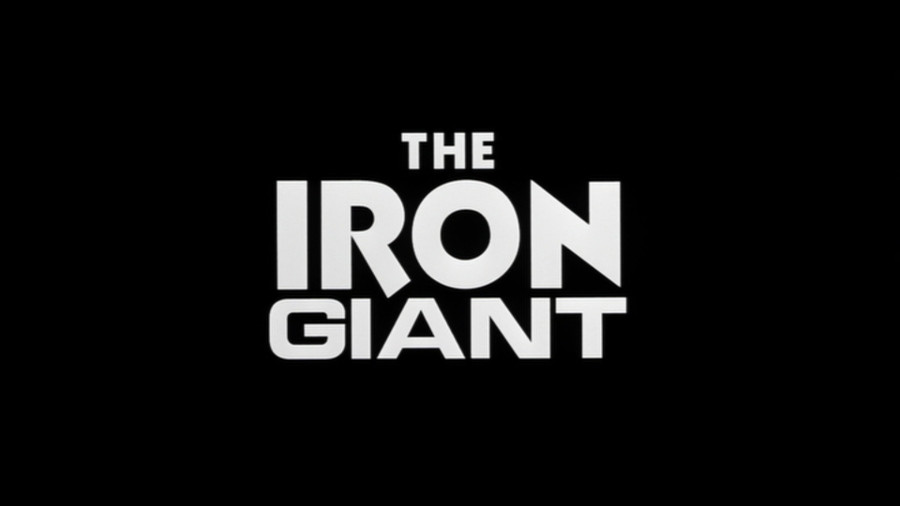

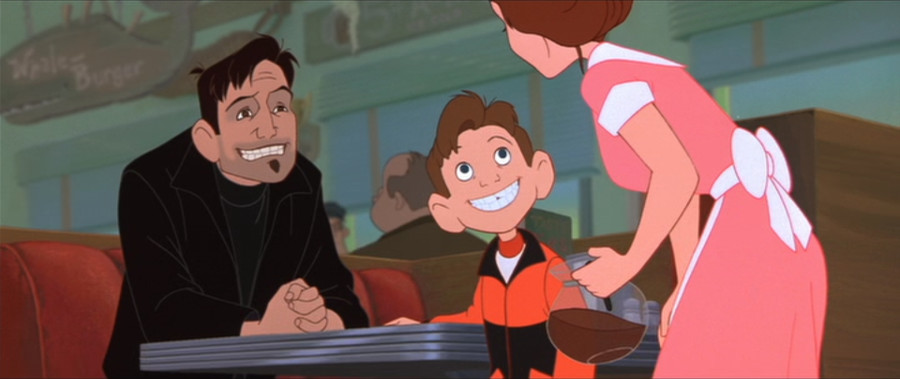
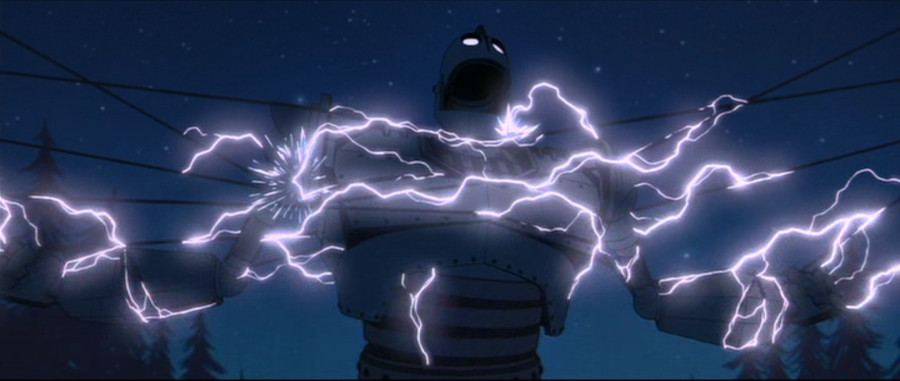
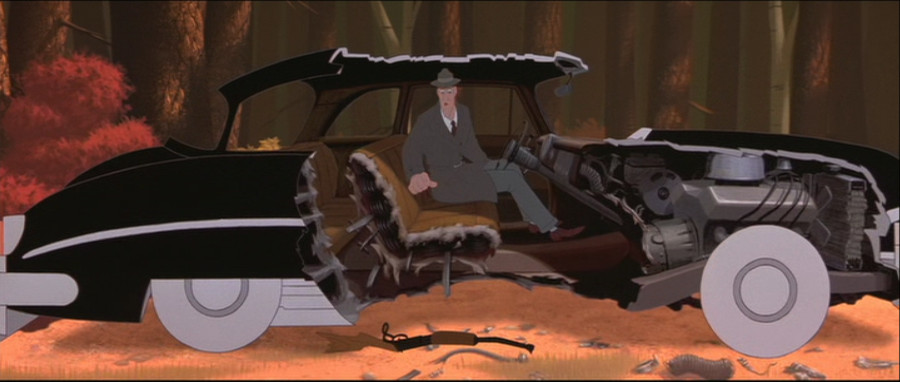
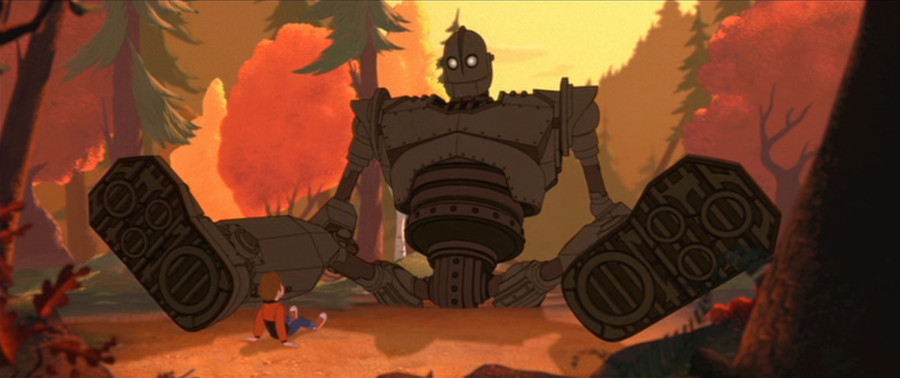
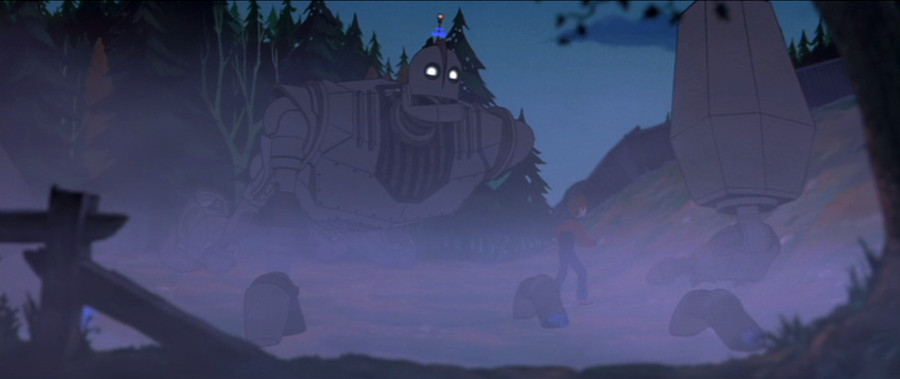
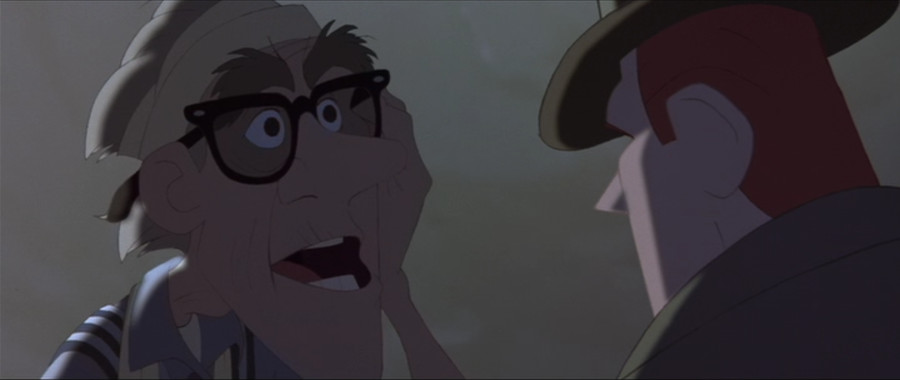
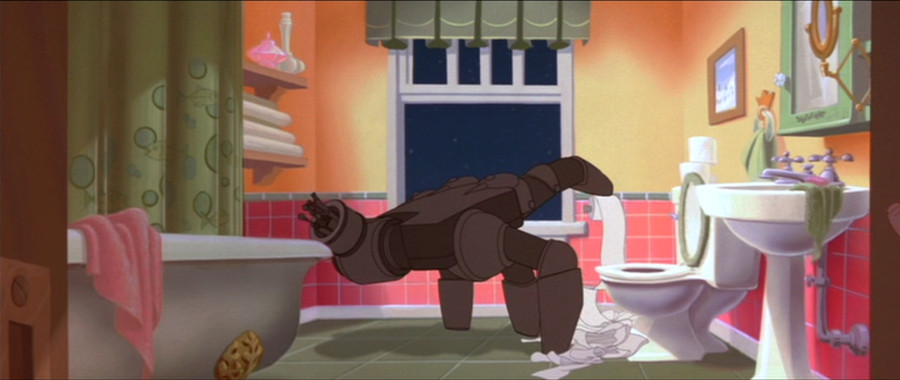
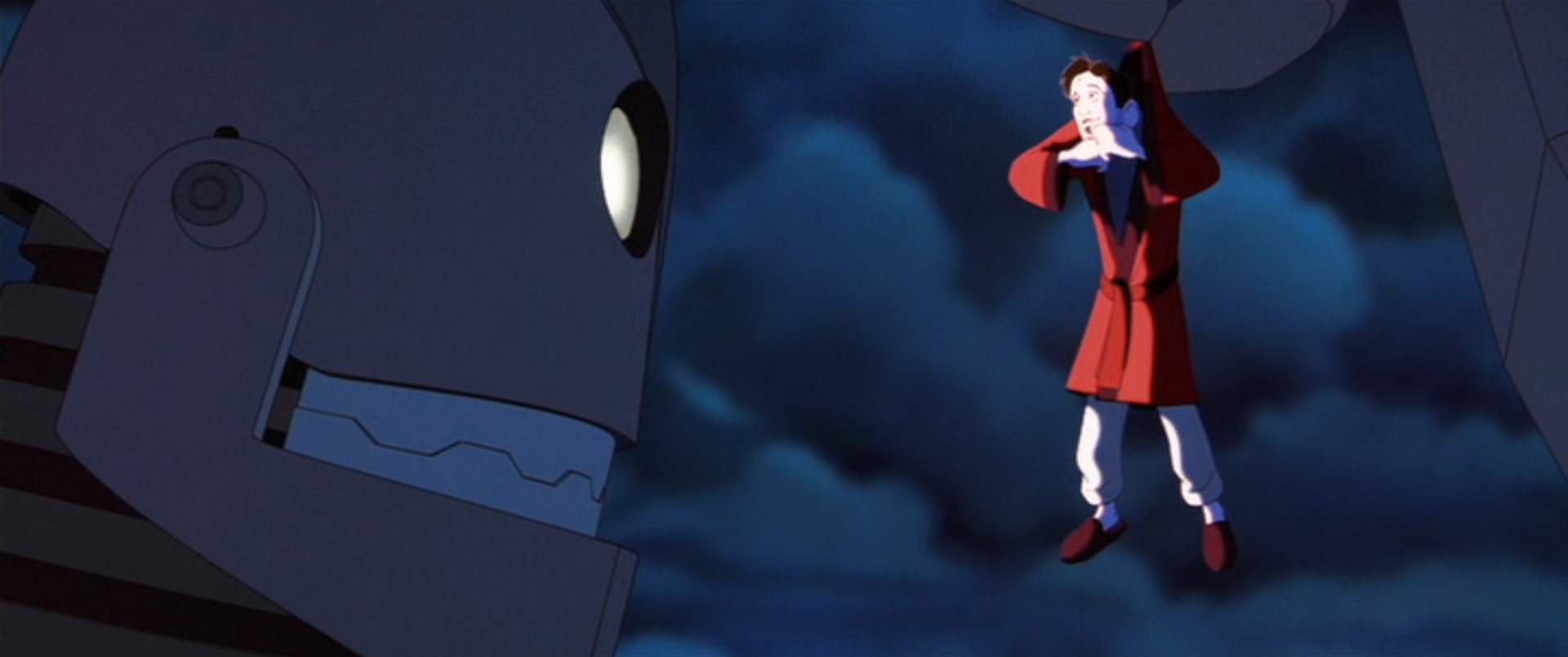

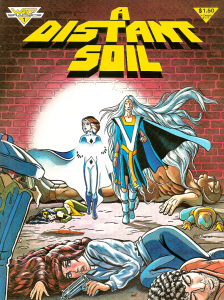
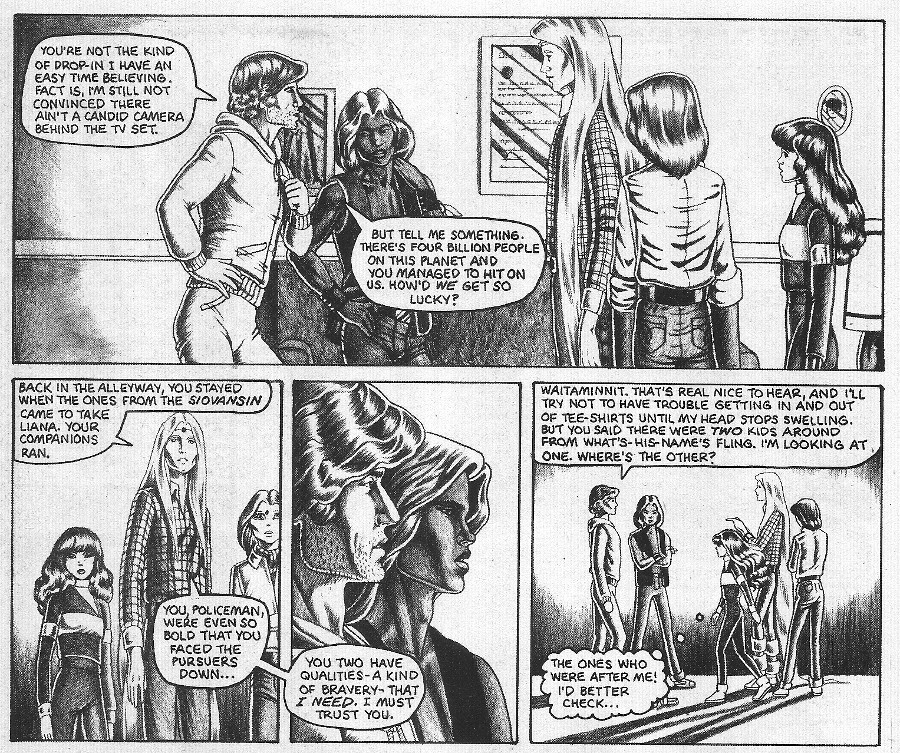
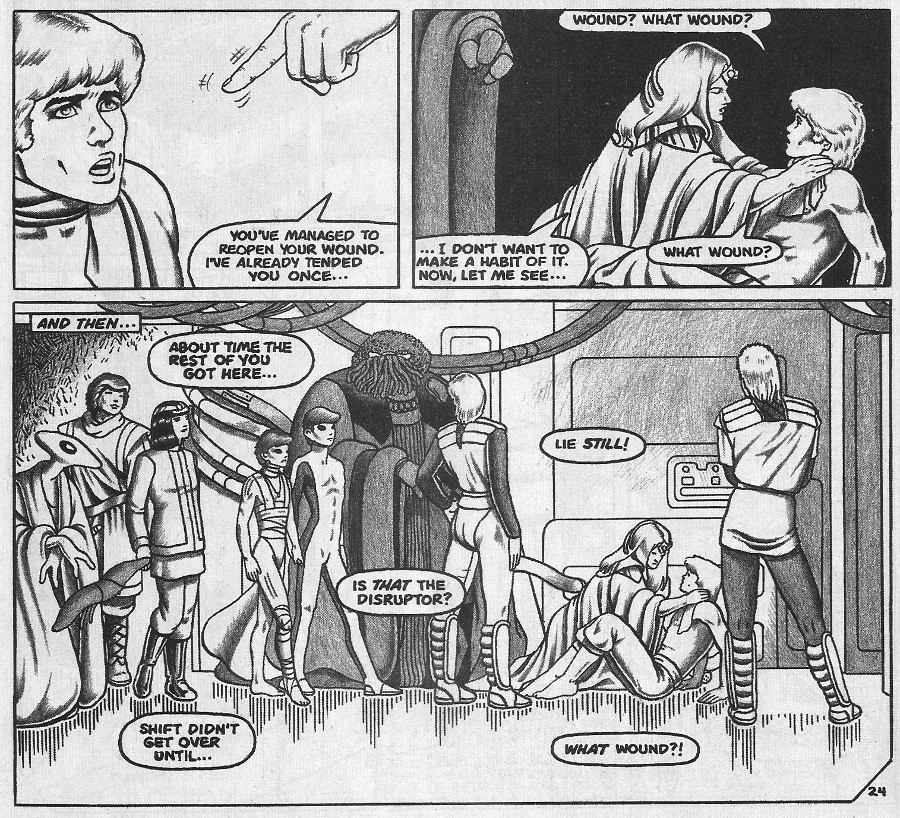
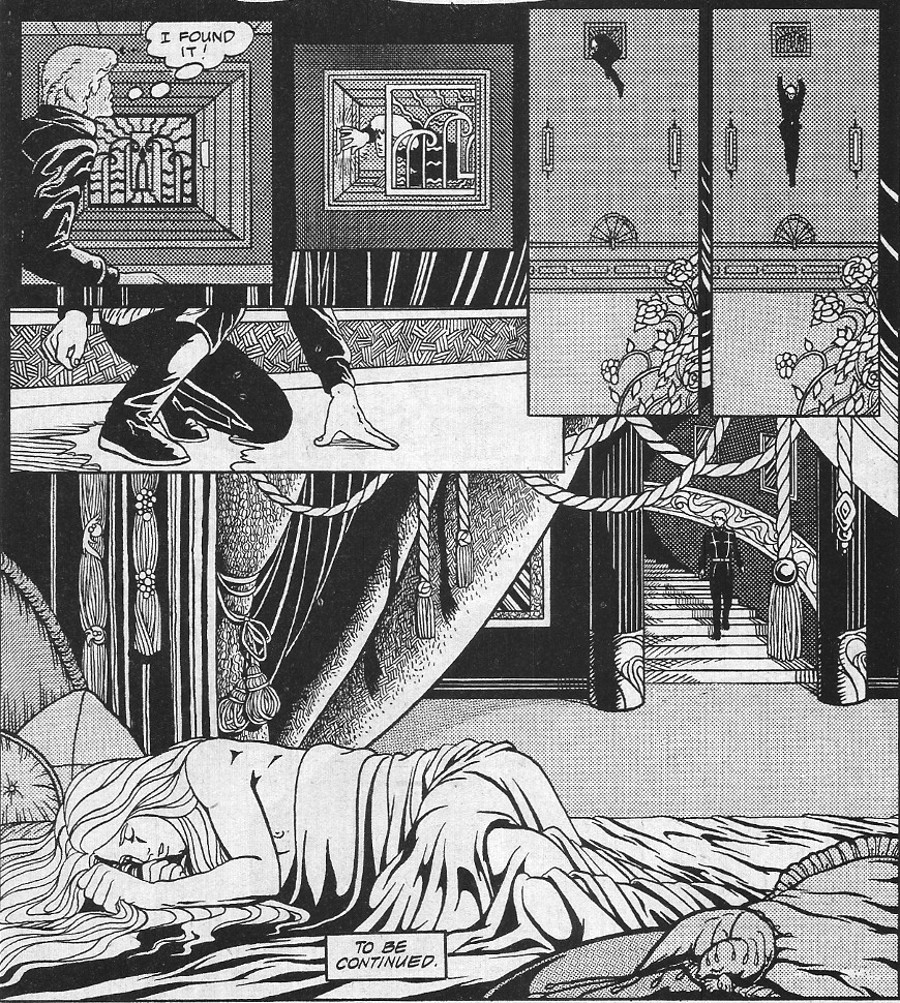
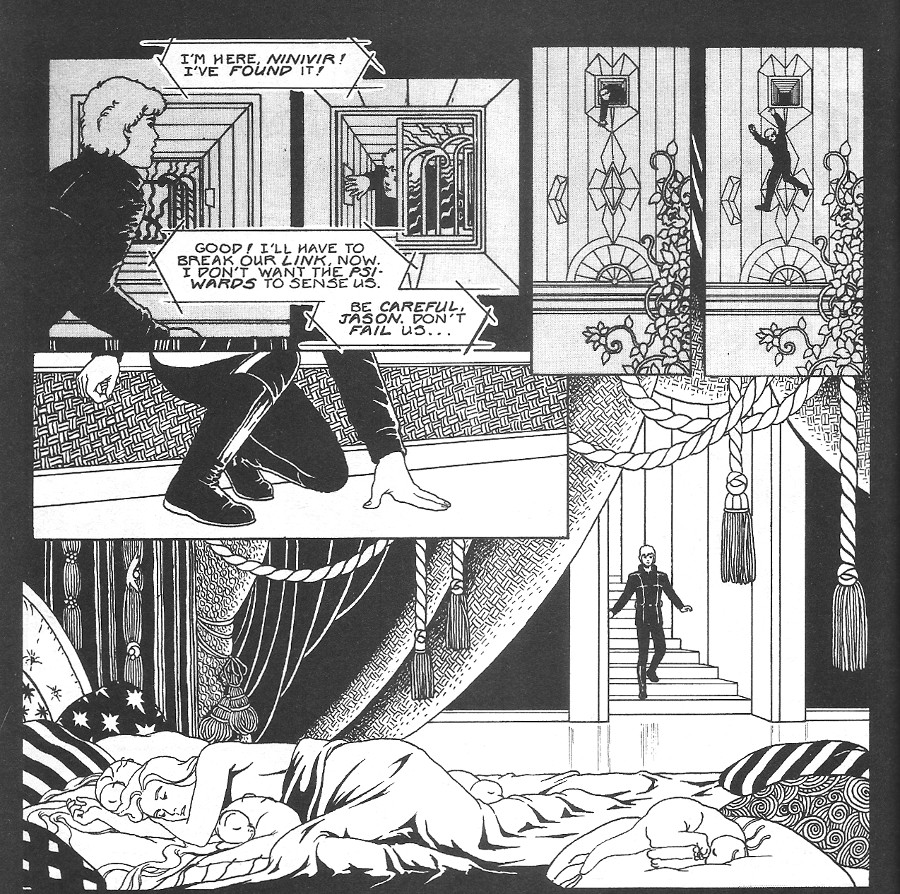
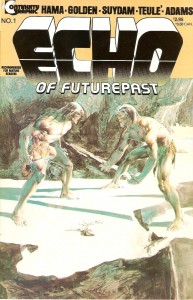
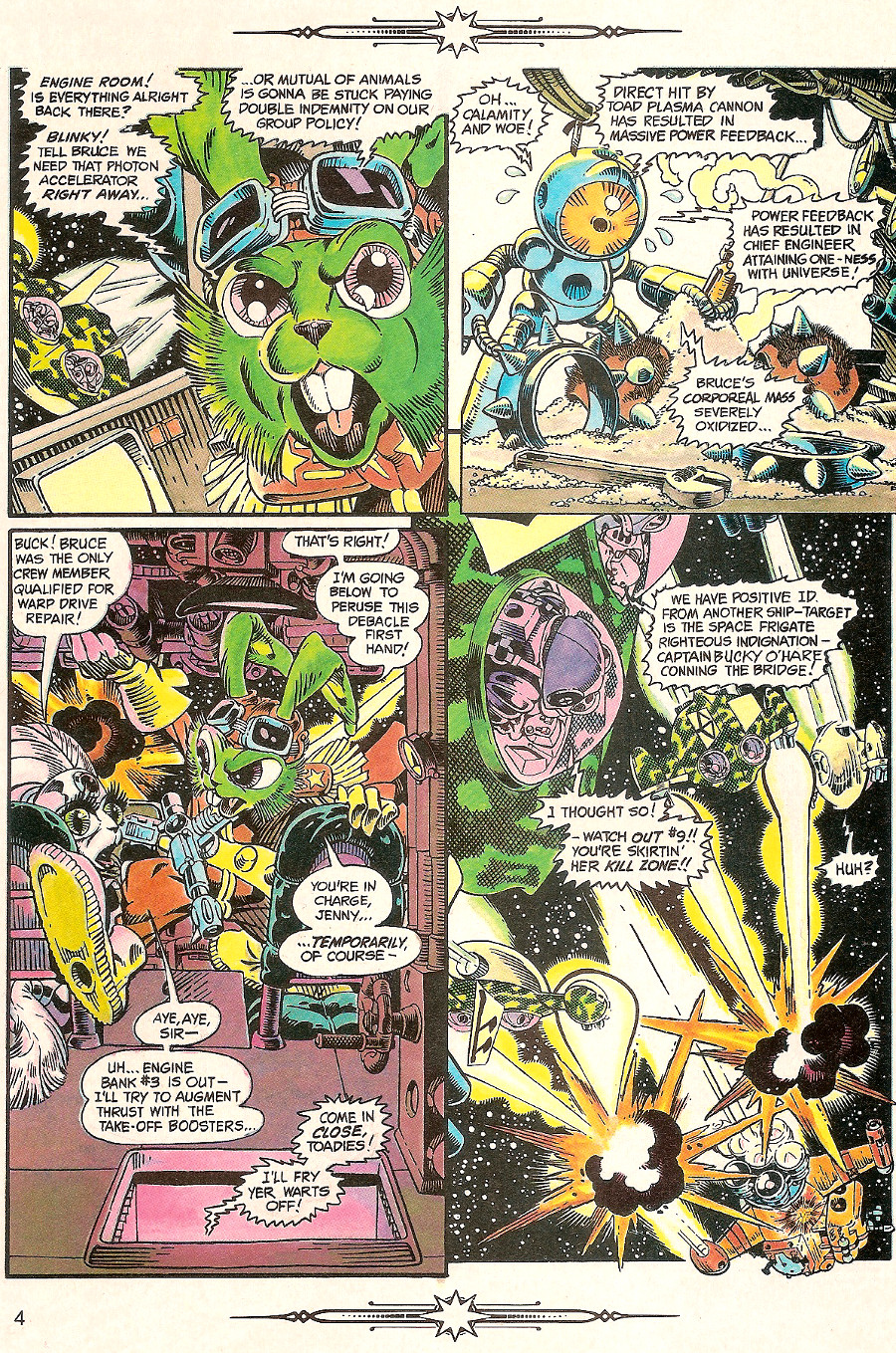
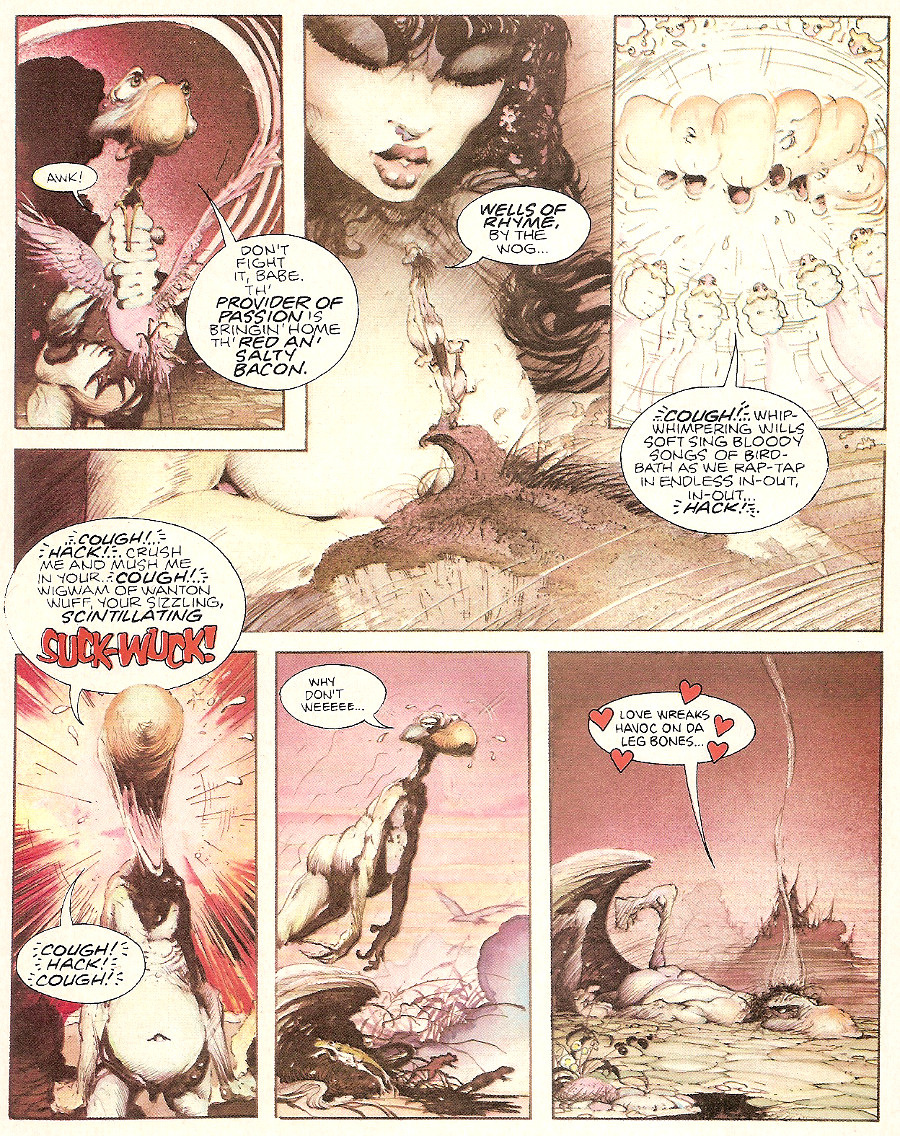
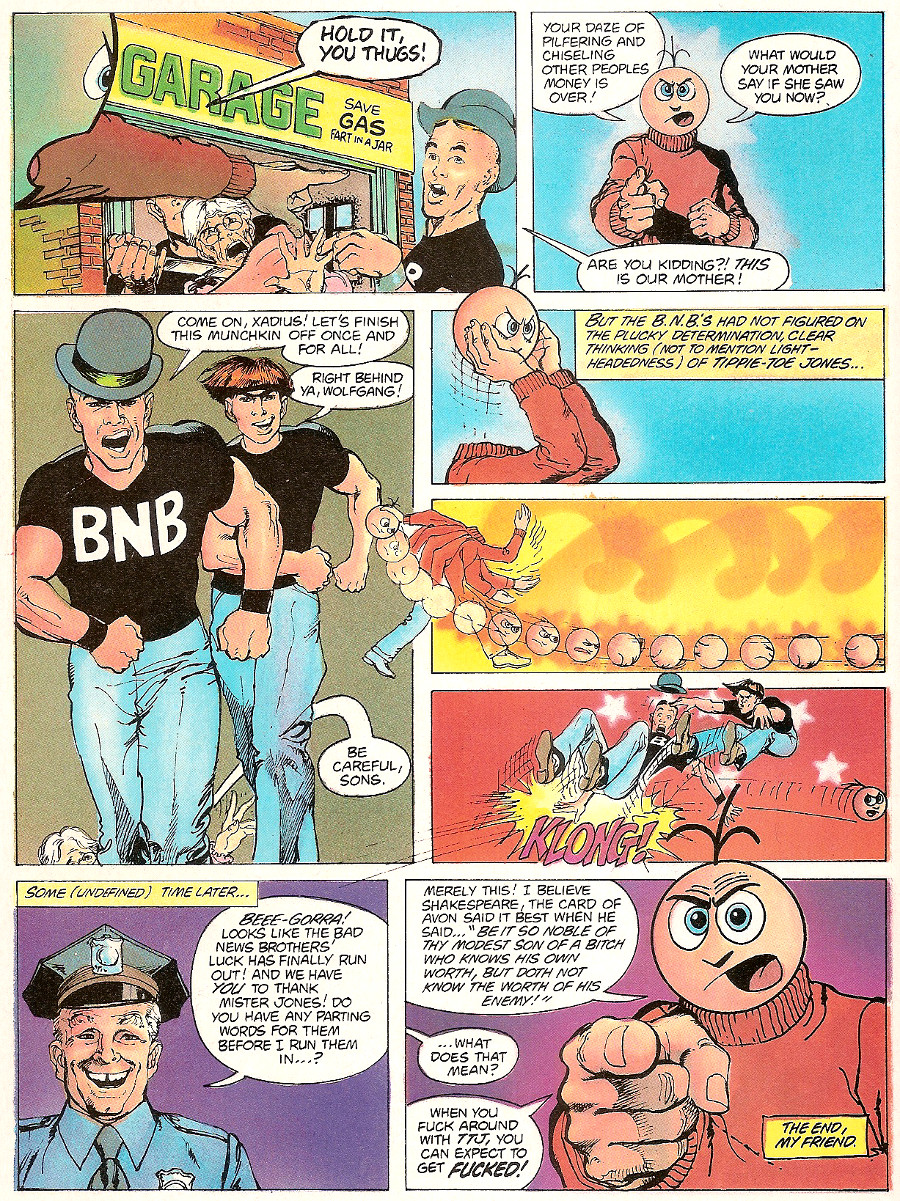
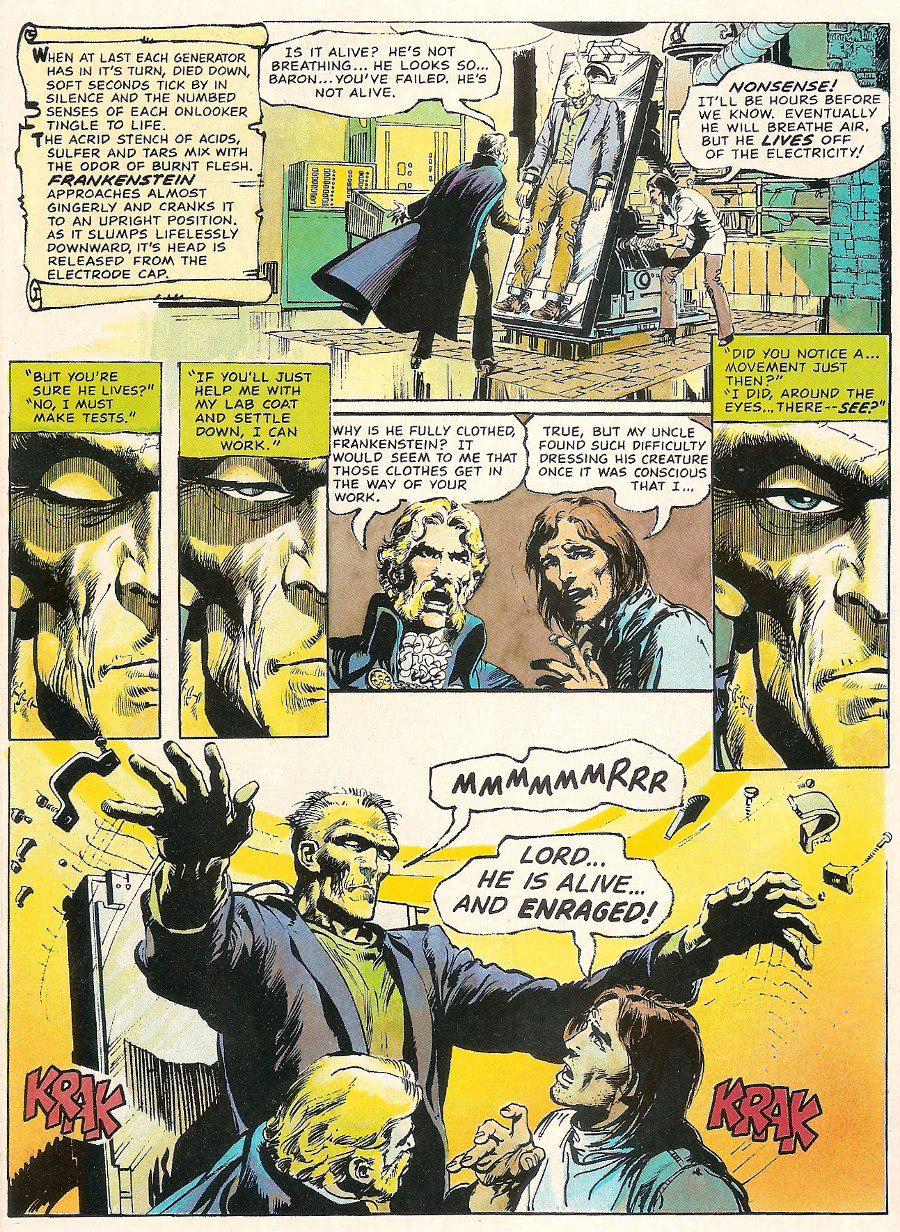
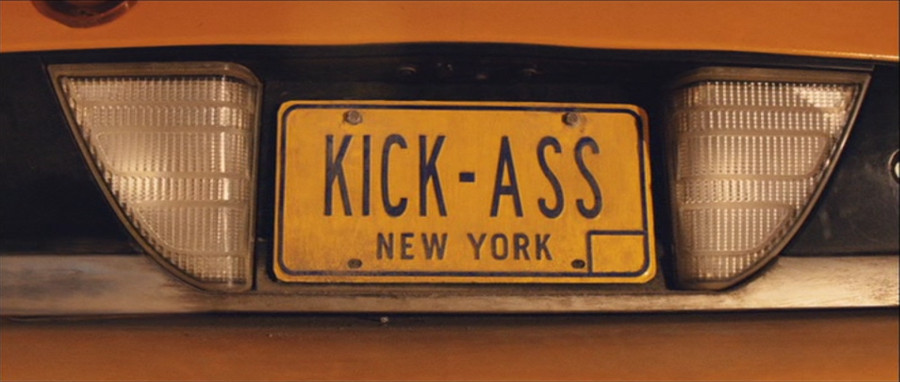
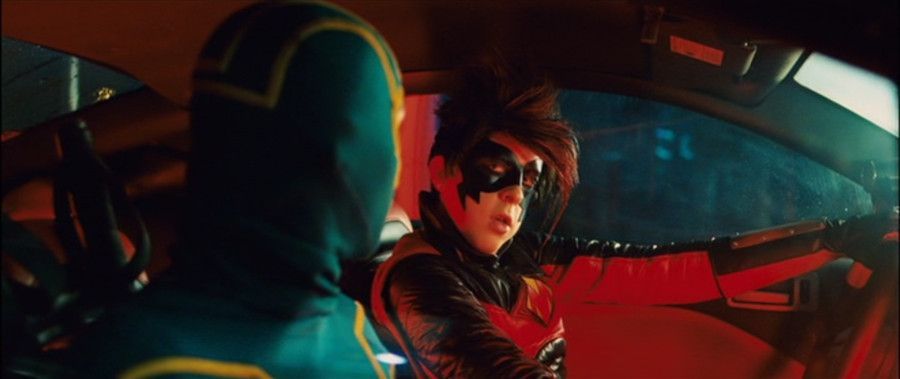
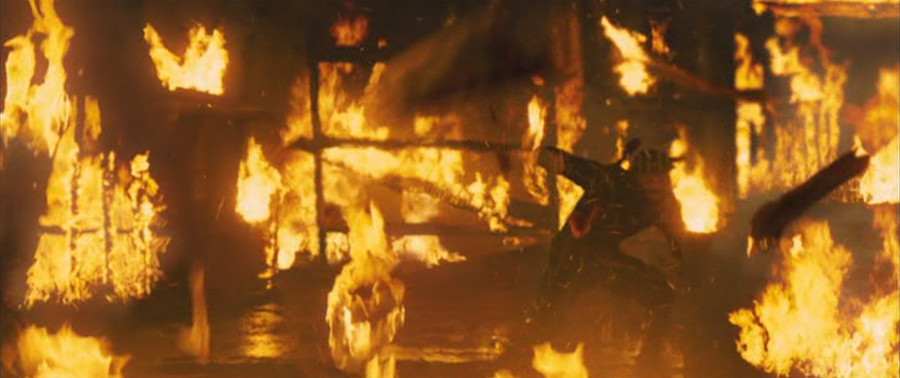
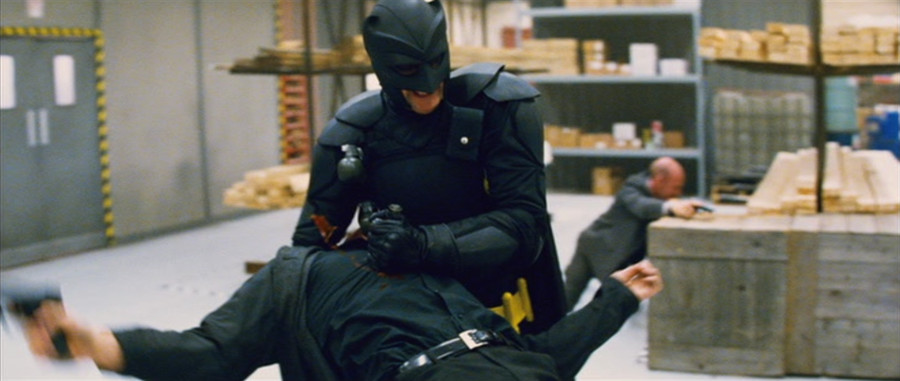
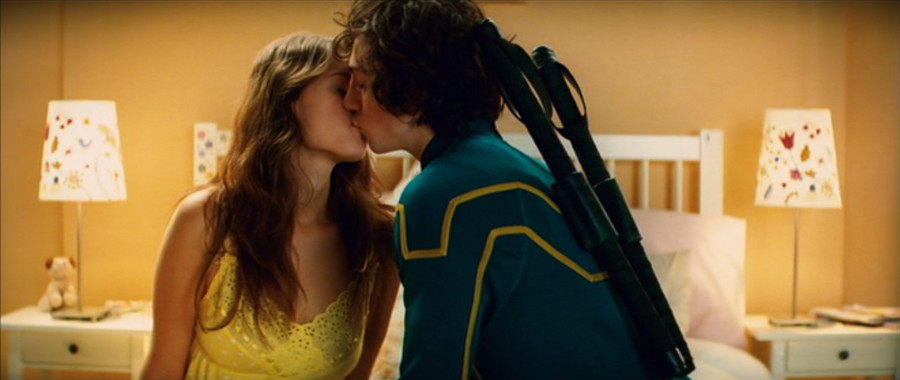
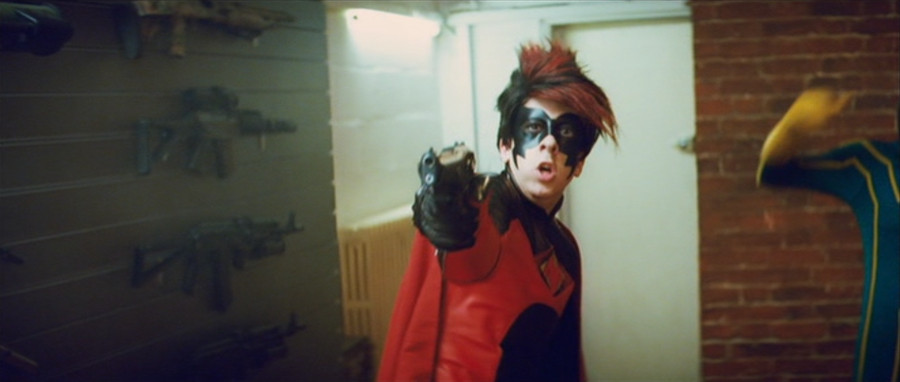
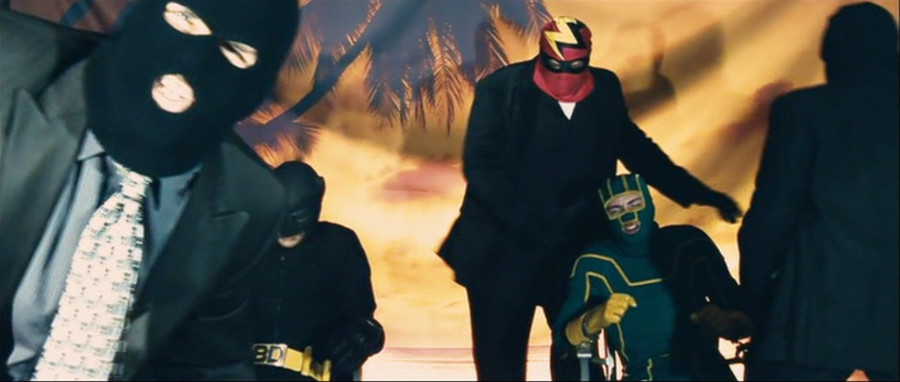
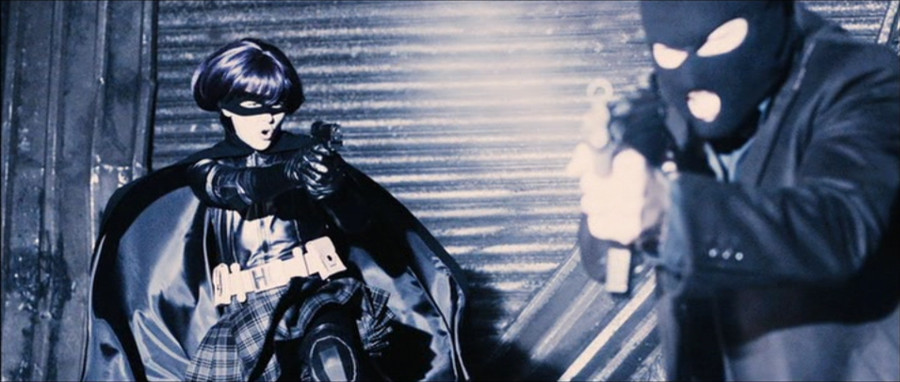
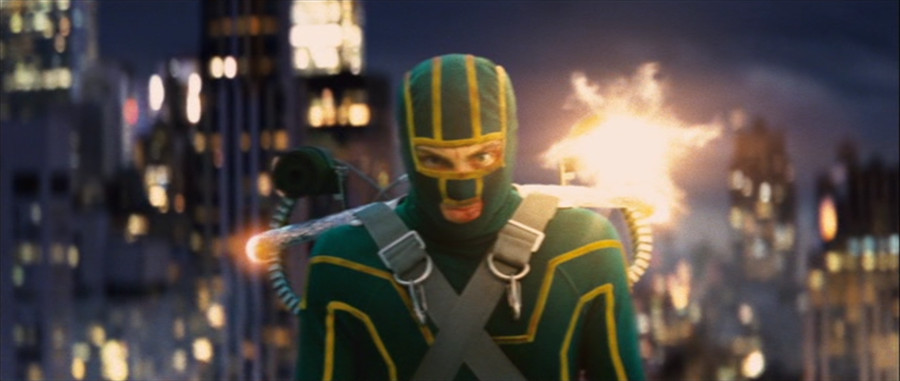
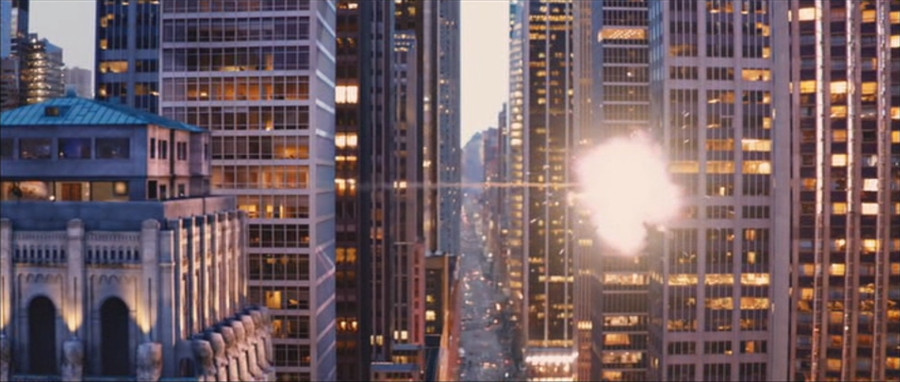
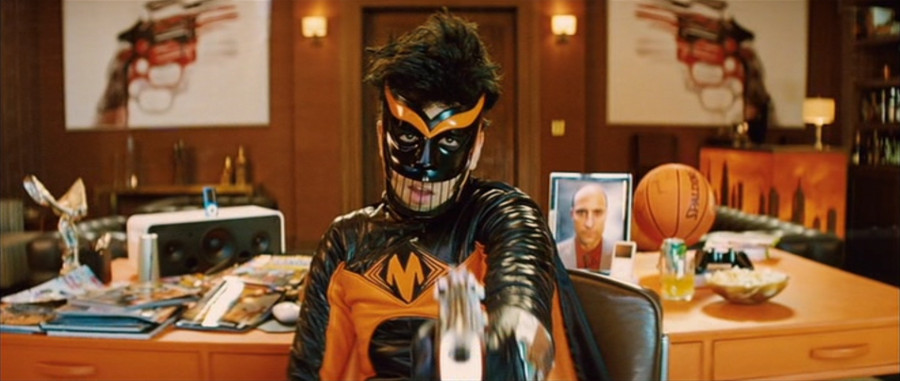
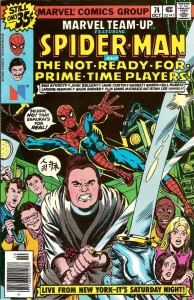 It may be a little difficult to believe now, when Marvel superheroes dominate the box-office and permeate popular culture, but there was a time in the 70’s when Marvel was desperately trying to build a wider awareness of its characters and mostly failing. These attempts took two main forms. Marvel signed a deal with Universal to put a slate of their characters on television with mixed results (Doctor Strange and
It may be a little difficult to believe now, when Marvel superheroes dominate the box-office and permeate popular culture, but there was a time in the 70’s when Marvel was desperately trying to build a wider awareness of its characters and mostly failing. These attempts took two main forms. Marvel signed a deal with Universal to put a slate of their characters on television with mixed results (Doctor Strange and 